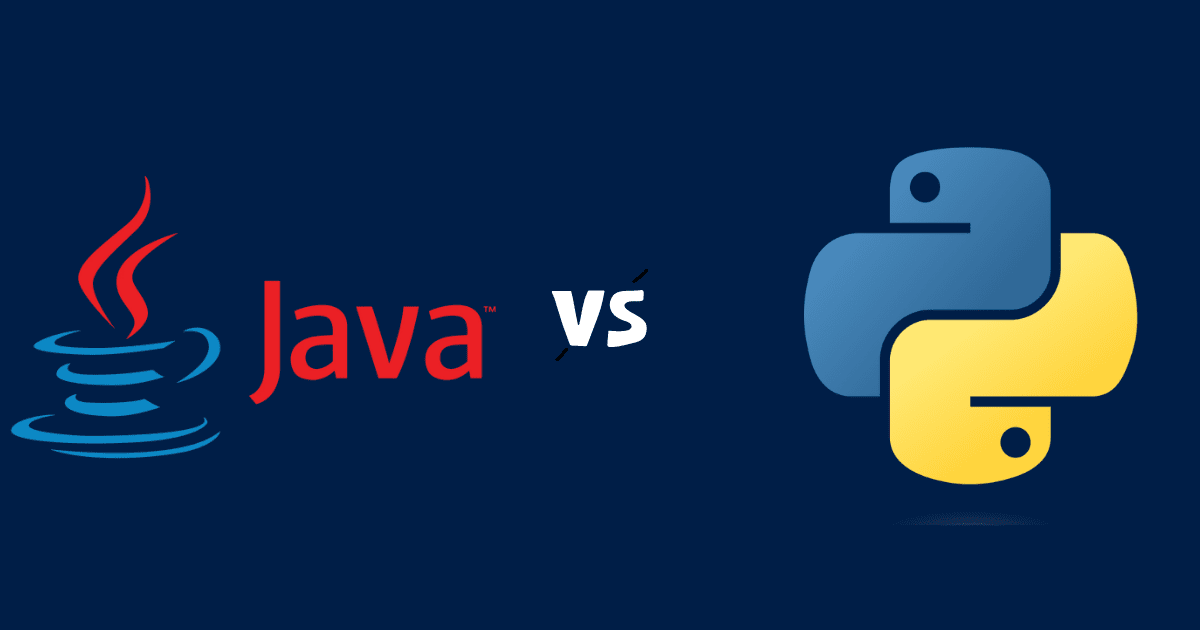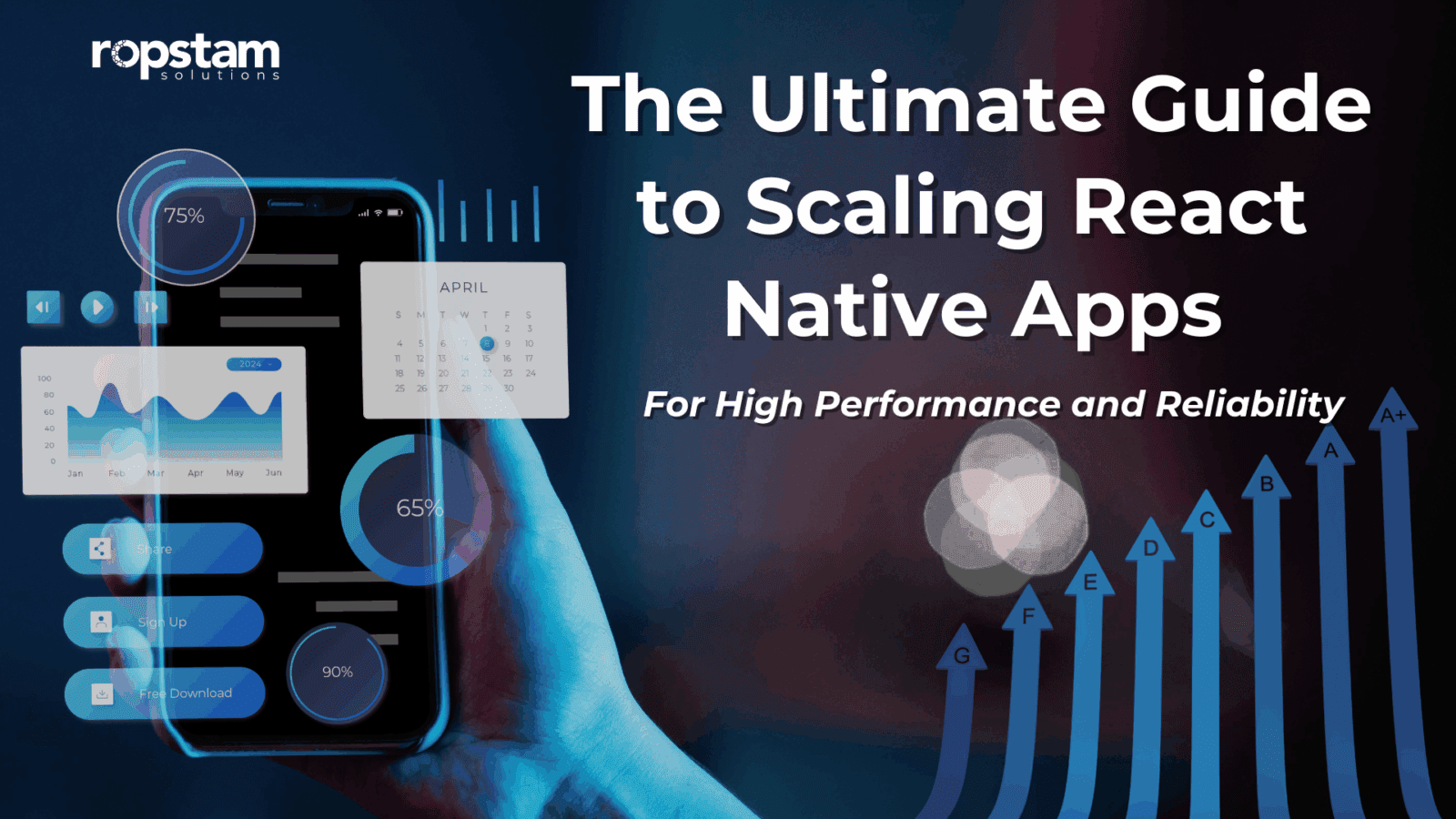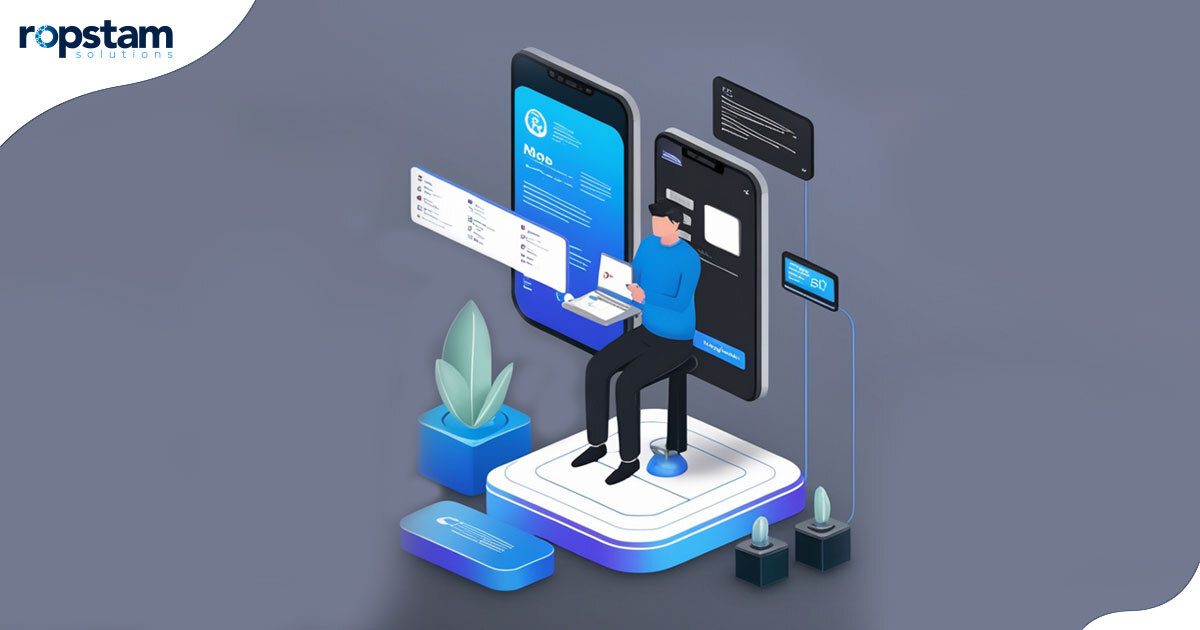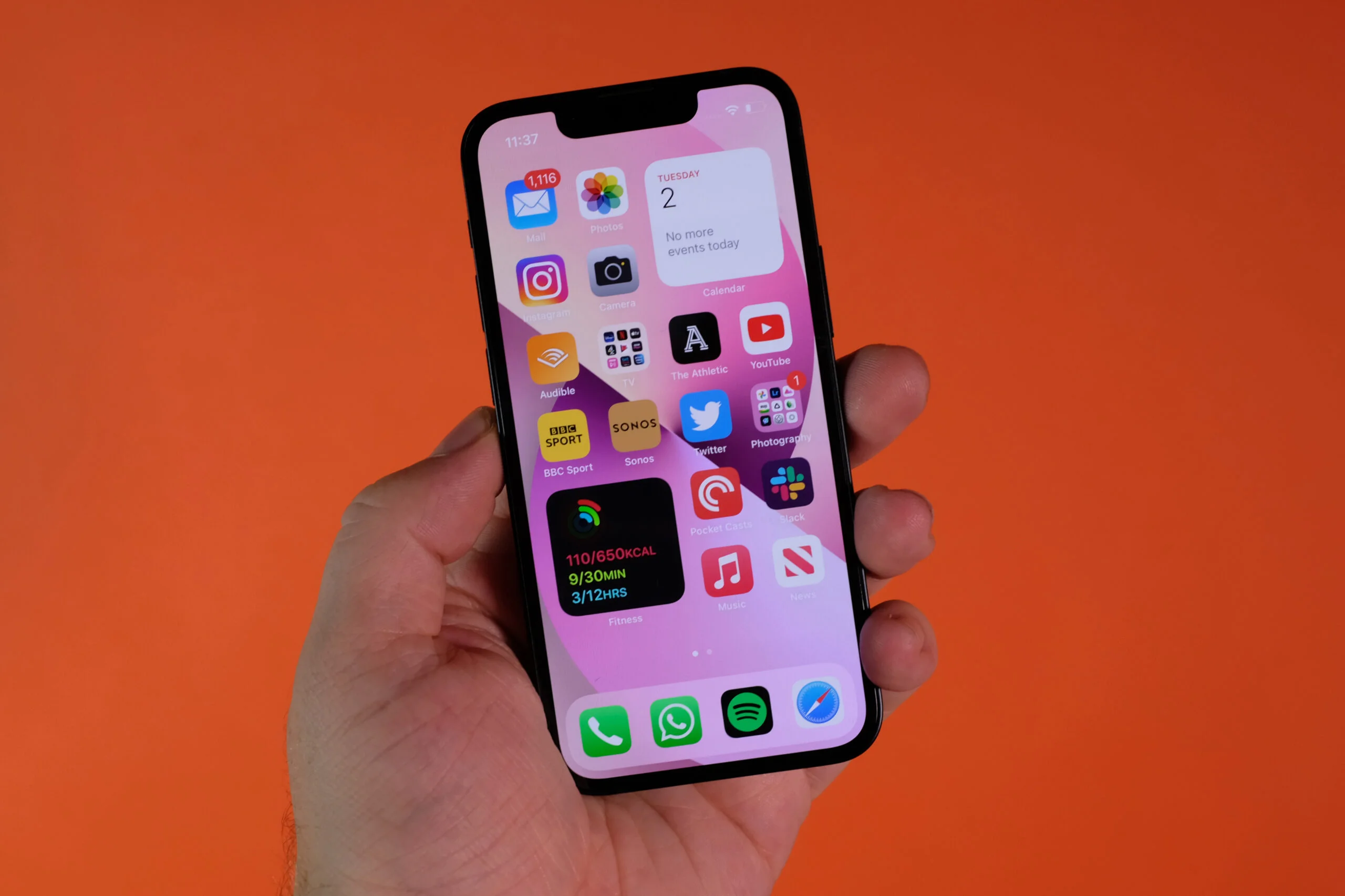If you are a beginner in the field of software development, choosing the right programming language might prove more difficult than it sounds. One must consider the pros and cons of various languages and frameworks before making the final decision.
When it comes to popular general-purpose languages, Java and Python are two of the most widely used ones. The Java vs. Python debate has existed for a long time, generating interest among beginners and experts alike in the field of software development. By underlining the strengths and weaknesses of both, we will try to find a winner in this competition.
Which is better between Java vs Python?
Before moving on to the detailed comparison of Java and Python, let us get a brief overview of these two backend programming languages for web development.
What is Java?
Java is a versatile programming language that has been around since 1995. Over the years, it has become one of the most sought-after tools for developing software applications. One of the more prominent uses of Java is in the development of Android apps.
As Android is currently the most widely used mobile operating system globally, Java’s popularity has soared even further. For beginners venturing into the world of programming, Java offers a gentle learning curve.
Its syntax is relatively straightforward, and its object-oriented nature promotes code reusability and modularity, making it easier to understand and maintain complex applications.
Additionally, Java’s extensive ecosystem, including a vast array of libraries, frameworks, and development tools, provides a rich environment for learning and exploration.
Whether you’re interested in mobile app development, web development, Big Data analysis, or IoT solutions, Java’s versatility and widespread adoption make it a valuable skill to acquire. Owing to its solid foundation and continuously evolving features, Java remains a powerful and future-proof language.
Advantages of Java
- Platform-Independent
- Backward compatibility
- Vast and active community of developers
Disadvantages of Java
- Complicated syntax
- Additional memory requirement
- Poor performance
- Slower execution speed
What is Python?
Introduced way back in 1991, Python was initially developed as a dynamically typed programming language. Given its ease of use and simplistic syntax, Python is comparable with other languages like Ruby, Perl, and Java.
Over the years, Python and its extensive collection of frameworks have proven their prowess in numerous areas, including machine learning, image processing, and multimedia applications.
The Python language’s simplicity and vast array of libraries have made it a go-to choice for data scientists, researchers, and developers working with complex algorithms and data-intensive projects.
Moreover, Python’s versatility extends beyond these specialized fields. Its clean syntax and cross-platform compatibility have made it a popular choice for web development, scripting, automation, and even game development.
The Python language’s dynamic nature and extensive community support have fostered an ecosystem of powerful frameworks, IDEs, and tools, enabling developers to tackle a wide range of challenges efficiently.
With its ever-growing popularity and adoption across industries, Python has solidified its position as a language that empowers developers to bring their ideas to life quickly and effectively. Whether you’re a beginner or an experienced programmer, Python’s versatility and extensive resources make it an invaluable addition to your skillset, opening doors to exciting opportunities in various domains.
Advantages of Python
- Simpler syntax
- Rapid development
- Supports popular frameworks
Disadvantages of Python
- High memory consumption
- Insufficient design patterns
- Drastically inefficient database connectivity
What are feature-wise differences between Java and Python?
Now, let us enrich ourselves with the feature-wise comparison of Python and Java:
| Factors | Python | Java |
| Syntax | Winner 🏆 Dynamically typed language |
Statically typed language |
| Performance | Code compilation at run time | Winner 🏆 Faster and easier compilation |
| Speed | Winner 🏆 Rapid development speed |
Takes longer for projects to be completed |
| Ease of Learning | Winner 🏆 Gentle learning curve, easy to write code in Python |
Steep learning curve |
| Popularity | Winner 🏆 More popular |
Slightly less popular among developers nowadays |
| Stability | While not unstable, Python applications may crash in case of an error | Winner 🏆 Java-based software are more stable |
1. Syntax
Python is a dynamically typed language, meaning you don’t need to declare variable types explicitly. This makes the code more concise and easier to write, contributing to Python’s gentle learning curve. Java, on the other hand, is statically typed, requiring variable types to be declared, which can be more rigid but also catches errors during compilation.
Consequently, for beginners, Python’s syntax is easier to learn and more friendly, making it preferable for newbies entering this field.
Winner: Python
2. Performance
Java applications require compilation before execution, which can be time-consuming. However, once compiled, Java programs run faster than Python’s code, which is interpreted at runtime. Java’s performance advantage makes it more suitable for resource-intensive applications or projects with strict performance requirements.
If you are targeting most general-purpose applications, Python’s performance, however, is more than adequate.
Winner: Java
3. Speed
It is a well-known fact that Python’s simplicity and easy-to-use syntax enable rapid development, making it an excellent choice for quickly building minimum viable products (MVPs). On the contrary, Java’s verbosity and stricter rules can slow down the development process, especially for smaller projects. In this regard, Python takes the cake.
Winner: Python
4. Ease of learning
With its clean and readable syntax, Python is often lauded as one of the easiest programming languages to learn, especially for beginners. The language’s consistent structure and logical flow make it an ideal starting point for those new to programming. Java’s syntax, while intuitive for experienced developers, can be more complex for beginners due to its object-oriented nature and strict rules.
This gentle learning curve of Python means beginners are more likely to master this language first before moving on to other technology stacks.
Winner: Python
5. Popularity
According to various industry reports and surveys, Python has experienced a surge in popularity in recent years, surpassing Java in some contexts. Its versatility, ease of use, and growing applications in fields like data science and machine learning have contributed to its widespread adoption. However, Java remains a dominant force, particularly in enterprise-level applications and Android development.
Winner: Python
6. Stability
While both languages are generally stable, Java’s robust architecture and extensive testing procedures make it more resistant to crashes and errors. Python applications, on the other hand, maybe more prone to crashing if errors are not handled properly.
This means that when it comes to mission-critical applications or projects where stability is of utmost importance, Java’s reliability gives it an edge over Python.
Winner: Java
When to choose Python for your web development project?
Python is an excellent choice for projects that require rapid prototyping, scripting, or automation tasks. Its simplicity and readability make it an ideal language for developing scientific and numerical applications, data analysis tools, and machine learning models.
Additionally, Python’s extensive collection of libraries and frameworks, such as Django and Flask, make it a popular choice for building web applications and APIs. Its cross-platform compatibility also makes it suitable for developing desktop applications and games. Projects that prioritize development speed, code readability, and integration with existing systems can greatly benefit from Python’s strengths.
Overall, if your project demands flexibility, ease of development, and a rich ecosystem of libraries and tools, Python should be at the top of your consideration list.
When to choose Java for your web development project?
When your project demands peak performance, scalability, and reliability, Java stands tall as the language of choice. It’s not just about speed – Java’s robust architecture and unwavering adherence to security principles make it the perfect fit for building mission-critical systems, financial applications, and large-scale e-commerce platforms where trust and stability are paramount.
But Java’s reach extends far beyond the enterprise – it’s a dominant force in the mobile app world, particularly for Android development. And if cross-platform compatibility is your end goal, Java empowers you to build desktop applications and games that demand advanced graphics and multimedia features.
In a nutshell, if you are looking for rock-solid stability, lightning-fast performance, and a mature ecosystem of tools and libraries at your fingertips, Java is the language you need to build your future on.
Contact Ropstam Solutions for your next backend project
Just like there is no silver bullet to solve all problems, there is no clear winner to the Java vs Python debate. Both languages can considered ideal depending on the requirements and scope of a particular project. It is pertinent to mention, however, that Python has eclipsed Java in terms of popularity over the last few years.
With Java being one of the most popular languages for backend development and Python not far behind, you need to hire a team of experts to create a top-tier backend to support your frontend. Lucky for you, Ropstam has a team of award-winning backend developers ready to take on your web app development project. Give us a call at +1 (866) 631-8767 or send an email at info@ropstam.com, and let us help you with your project.













